Consumers and brands are fascinated by the concept of "metaverse". Despite conjuring up images of futuristic virtual worlds, the metaverse represents a seismic shift in the way we interact with technology.
At its core, the metaverse is a convergence of physical and digital realities, offering brands an unprecedented opportunity to create immersive, engaging experiences that transcend the limitations of traditional marketing channels. As companies like Meta (formerly Facebook) and others invest heavily in this space, the metaverse is poised to reshape the way consumers connect with their favorite brands.
Redefining Brand Engagement: The Triumph Motorcycles Story
To truly grasp the transformative potential of the metaverse, we need look no further than the pioneering efforts of Triumph Motorcycles. In a groundbreaking partnership with technology giants Microsoft, Sitecore, Touchcast, and Annata, Triumph has created a virtual experience that allows customers to explore, customize, and even virtually "test drive" their motorcycles – all without setting foot in a physical showroom.
This innovative approach recognizes that not all customers have the ability or opportunity to visit a traditional Triumph store, whether due to geographical constraints or personal circumstances. By leveraging cutting-edge technology, Triumph has effectively brought its products directly to the customer, transcending the limitations of the physical world and offering a level of engagement that was previously unimaginable.
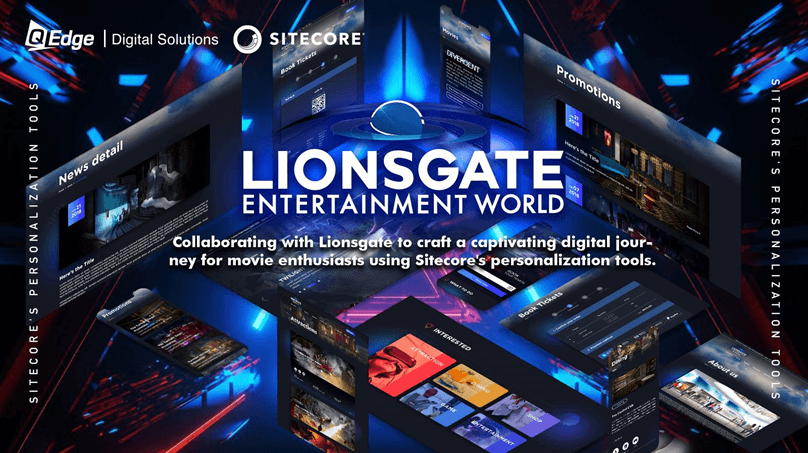
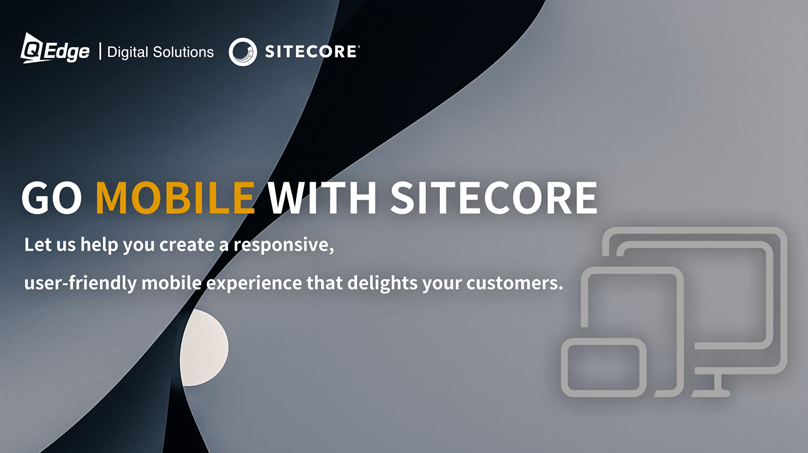
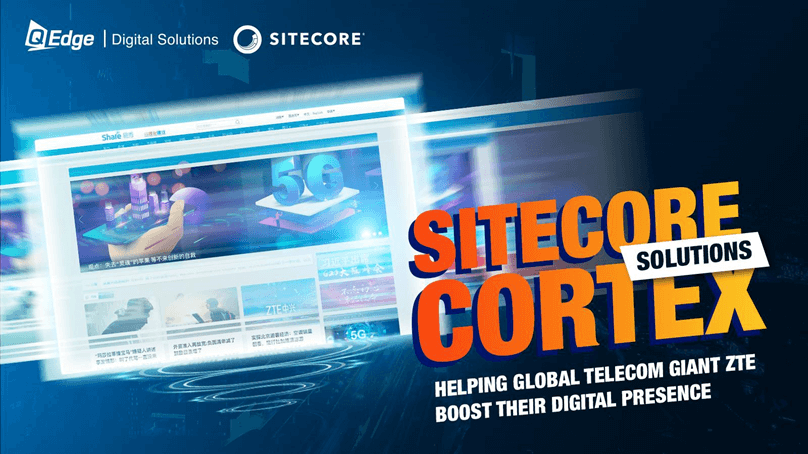

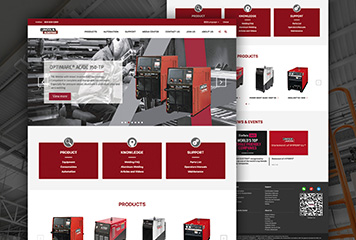
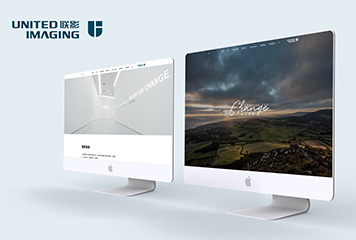
Five Key Strategies for Metaverse Brand Success
As more brands explore the boundless possibilities of the metaverse, there are several crucial strategies to consider:
- Define the Metaverse for Your Brand With any emerging technology, achieving alignment on definitions is essential for successful implementation. Conduct a simple poll within your organization, and you'll likely encounter a wide range of interpretations regarding the metaverse's meaning.
Establishing a clear, consistent definition will help keep teams focused, prevent scope creep, and ensure that new experiences are designed with a unified vision in mind. A practical definition could be: "The metaverse refers to immersive experiences that allow customers to engage with your brand in ways they otherwise wouldn't be able to do in the physical world."
- Identify Unmet Customer Needs One of the primary challenges brands face with the metaverse is the perception that it's a solution in search of a problem. However, by carefully examining the customer journey, you'll uncover numerous friction points where a rich, immersive experience could provide significant value.
The Triumph Motorcycles example illustrates this principle effectively. By seamlessly integrating a metaverse experience into the customer's existing journey, Triumph addresses potential hesitations or uncertainties surrounding their products, offering education and reducing risk in a compelling, engaging manner.
- Prepare Your Content Ecosystem Successful metaverse brand experiences demand more than just a strategic vision – they require a robust content ecosystem to support them. This includes 3D assets, high-resolution video, and the ability to deliver these experiences at scale across multiple markets while ensuring lightning-fast load times.
Investing in a modern Digital Asset Management (DAM) solution can empower marketing teams to become self-sufficient in storing, transforming, and optimizing rich media content. Providing the right tools and vision will enable your creative resources to leverage the full extent of their skills in crafting immersive brand experiences.
- Invest in Your People As you fortify your content capabilities, it's equally critical to ensure that your employees possess the necessary skillsets to sustain your brand's metaverse presence. If you're planning to approach the metaverse as an extension of your current digital experience (as many brands are), equipping your digital teams with training, scalable resources, and modern cloud technologies is paramount.
Speed is a commercial differentiator in the metaverse, as faster experience load times directly correlate with increased revenue. Even the most engaging experience will struggle to overcome short attention spans and low patience levels if it fails to deliver near-instantaneous responsiveness.
- Fund It (Modestly) While the promise of the metaverse and metaverse-inspired brand experiences holds tremendous potential for elevating customer engagement and meeting ever-increasing expectations, it's important to recognize that we're still in the early stages of this technology's maturity.
Brands should approach the metaverse with a mindset of testing, learning, and optimizing. Modest investments in this space today can help keep your brand aligned with strategic goals without introducing massive distractions or unnecessary risks.
The Future of Brand Engagement is Immersive
As the metaverse continues to evolve and mature, its impact is poised to revolutionize how brands across industries connect with their audiences. From reimagining the car-buying experience to transforming the way governments interact with citizens, the possibilities are virtually limitless.
However, this transformation won't happen overnight. It will be a journey, one that requires brands to strike a delicate balance between embracing innovation and maintaining a grounded, practical approach.
By defining the metaverse within the context of their business, identifying opportunities to enhance the customer experience, preparing their content ecosystem, investing in their people, and approaching the metaverse with a measured mindset, brands can position themselves at the forefront of this exciting new frontier – a frontier where the boundaries between the physical and digital worlds blur, and immersive, engaging experiences become the new standard for customer engagement.

